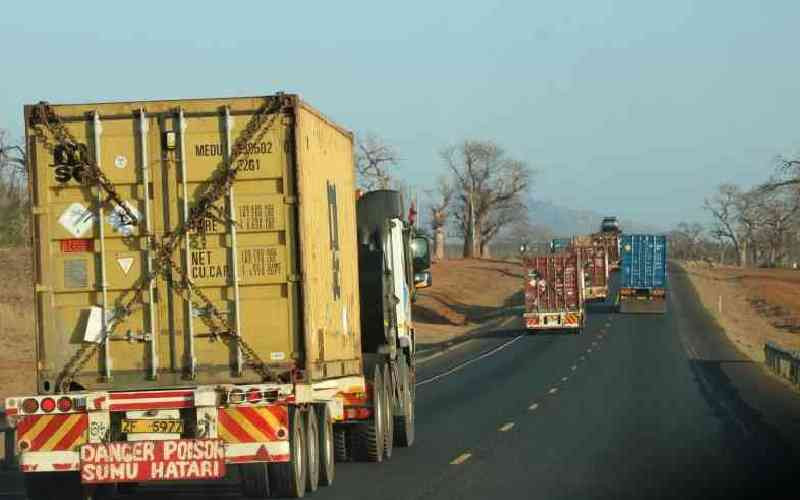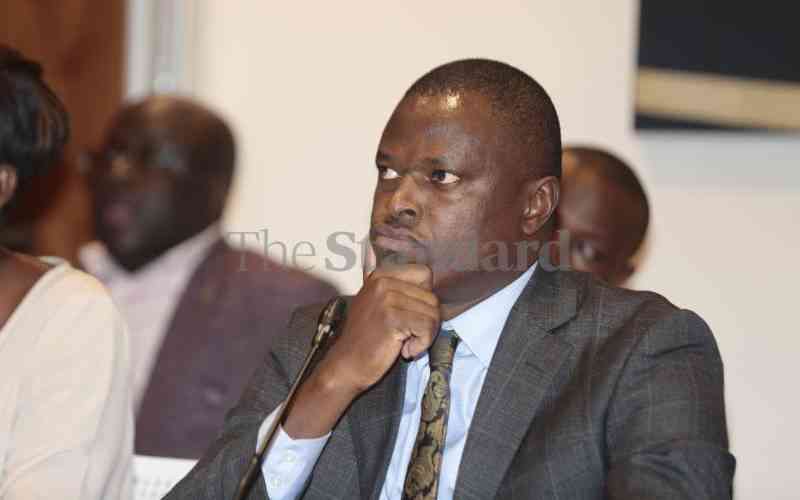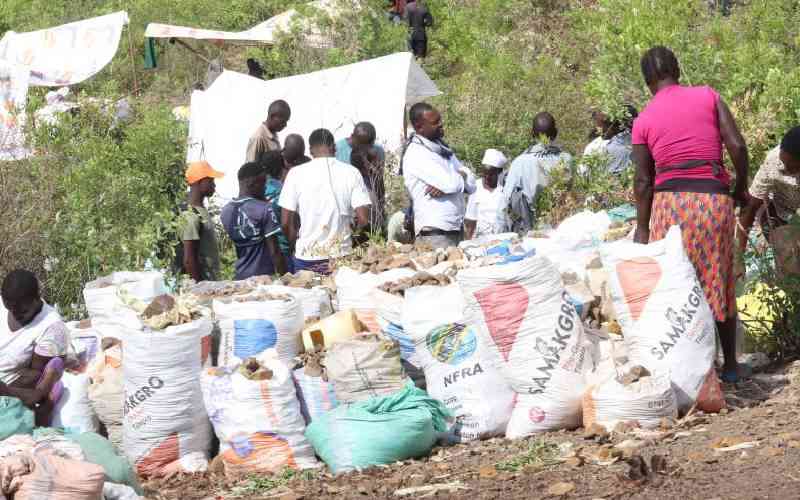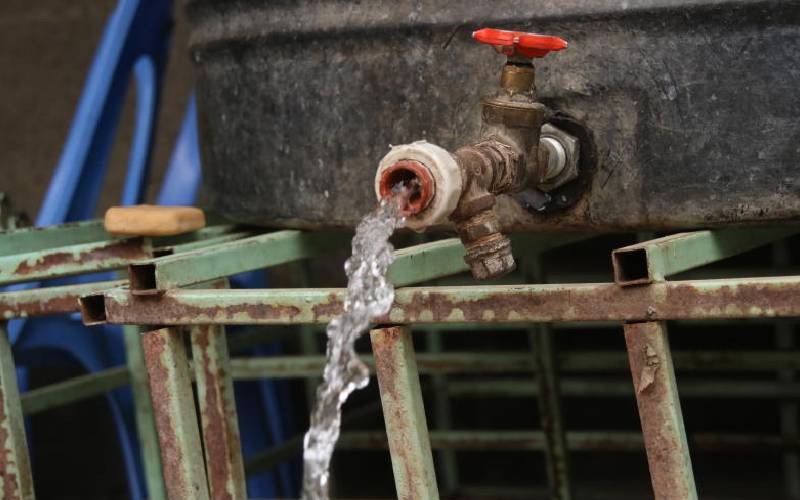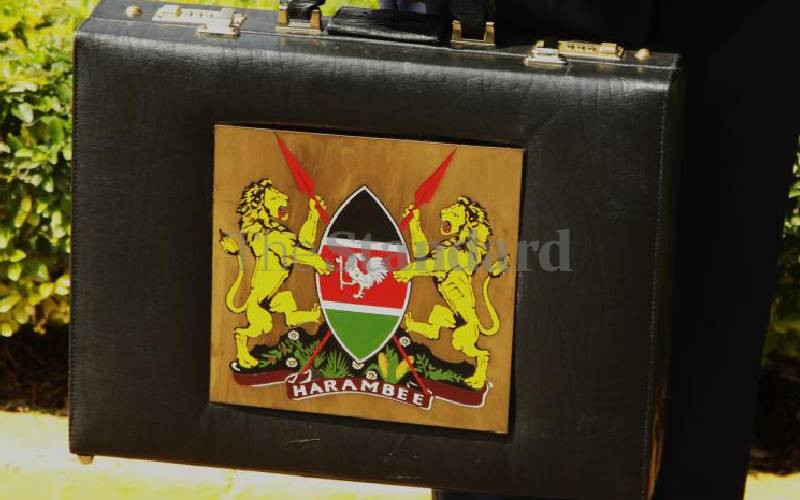
As our 2027 politics gets louder and more aggressive, it is easy to forget we are entering the home stretch of a 2025/26 budget process launched in August last year.
The Ruto administration has had two bites – in 2023/24 and 2024/25 – and one nibble – in the 2022/23 supplementaries – at the budget making cake. After June, they have two more – in 2026/27 and at the tail end of their term, in 2027/28. So 2025/26 is their mid-point budget; the “take off” budget that ideally moves us from economic recovery to economic turnaround; from turbulence to transformation.
Wasn’t that “The Plan”? Well, you will struggle to find that tone in the draft 2025 Budget Policy Statement (BPS) published last week. As usual, the public was given almost zero time to make comments and suggestions by Treasury’s submission deadline of Tuesday, January 21. Ironically, Parliament is reportedly seeking more time of their own to deal with BPS now and in future.
Because they know this is where the real budget is made; and subsequent processes around the expenditure estimates and revenue-raising Finance Bill are details emerging from the BPS as the “big picture” policy steer.
In other words, outside of unforeseen events or calamities, the place to “fix the budget” is in the BPS now, not the detail later. If only the public actually knew this!
Let’s revisit our budget process. Last September, the Budget Review and Outlook Paper (BROP) gave us a recent fiscal (tax, spend, borrow) review, an economic review and outlook and a forward fiscal framework including budget ceilings for our 10 national government MTEF sectors.
We then had hearings in November where sectors invited the public to engage (excluding National Security – NIS and Defence – who do not “do public”) on their planned programmes and budget needs against these ceilings.
Logically, the BPS should then balance “kwa ground” sector and public inputs from these hearings with Treasury’s macro-fiscal intentions in the earlier BROP. Has it done this? Since it’s Parliament, not Treasury, who make the budget, this is their question.
But we are getting ahead of ourselves. There are two ways to read any BPS, including this 2025 one. The first is to read it “as is” - a report in text and numbers, which is what Treasury wants feedback on; and with a bit of nuance, a few storylines, which Treasury doesn’t want. The second way is to read it is as it ought to be. In short, a “business unusual”, not “business as usual”, BPS.
As it is, the earlier fiscal framework under BROP hasn’t changed in the BPS. Target 2025/26 revenue is Sh3.517 trillion, of which Sh2.732 trillion is the tax take and Sh785 billion is non-tax revenue (including Ministerial Appropriations-in-Aid). Added to this is Sh53 billion in grants.
The 2025/26 spending target is Sh4.329 trillion, of which Sh1.947 trillion is gobbled up by the wage bill and interest payments and Sh1.134 trillion consumed by O&M, transfers and contingencies before scrambling the remaining Sh1.248 trillion into development and counties.
This leaves a Sh759 billion deficit; 70 per cent domestically-financed in rivalry with private sector.
Thankfully, the deficit falls to 3.9 per cent of GDP, from 4.3 per cent after 2024/25 Supplementary 1. But we retain the absurdity that taxes of Sh2.732 trillion do not cover national government recurrent expenditure, including interest, of Sh3.077 trillion, before counting development and counties, so we really need non-tax revenues, grants and borrowing just to balance the books.
Stay informed. Subscribe to our newsletter
To add Finance Bill 2025 spice here, that Sh2.732 trillion tax take in 2025/26 is Sh343 billion above this year’s post-Supplementary 1 target of Sh2.389 trillion, except that this year’s target doesn’t seem to have factored in the Sh174 billion anticipated from December’s tax law amendments to replace the Sh344 billion lost in Finance Bill 2024’s withdrawal. Yet, the latest Exchequer report shows this year’s target is off course - 90 per cent performance will deliver Sh2.15 trillion, which makes 2025/26 a 27 per cent growth ask exceeding Sh580 billion. Is BPS 2025 presented with incomplete revenue modelling? This is an important transparency question.
It doesn’t help that GDP growth rates in the BPS are all over the place. For 2024, Treasury’s GDP uptick was 5.2-5.3 per cent (5.4 per cent in 2025), while KNBS says it was 4.6 per cent (5.3 per cent in 2025). Ditto inconsistencies in how forthcoming Supplementary II estimates (Sh68 billion in additional spending) are factored into the data aggregates. These may simply be editorial issues, but they blur the picture of how the rapidly changing 2024/25 fiscus impacts 2025/26.
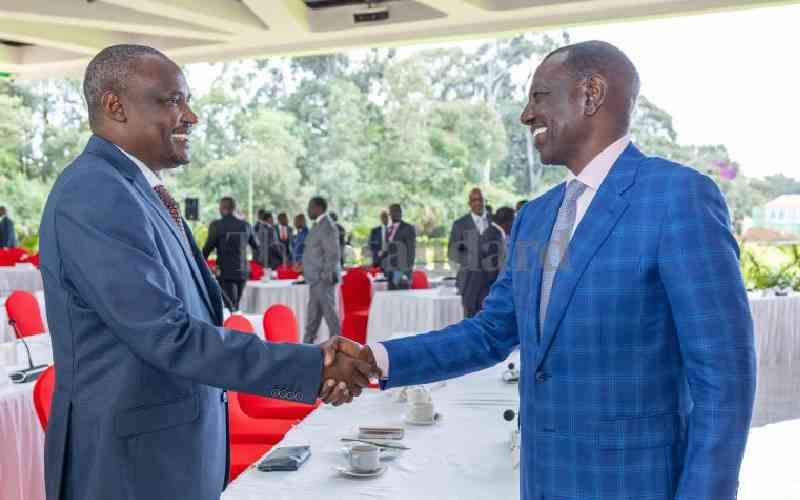
The question on the expenditure side is less technical. The fact that the expenditure aggregate has not changed between BROP and BPS could mean one of two things. On the positive side, this points to a stable and consistent spending forecast.
On the negative, what is the point of sector submissions and public hearings if nothing changes? Lest we forget, for 2025/26, sector program (including project) proposals exceeded the overall budget ceiling by Sh1.8 trillion.
Basically, the public listened patiently as sectors presented Sh4.5 trillion in proposals, were told only Sh2.7 trillion was funded, but don’t know what is funded and what isn’t. As a consolidating document, it is not enough for the BPS to annex a record of points made during sector hearings as public participation, a more transparent presentation would make these funding disclosures.
But this is about the BPS “as is”, along with its mentally jarring theme; “Consolidating Gains under Bottom-Up Economic Transformation Agenda (BETA) for Inclusive Green Growth”. What does this even mean? It reads like the title of a hurriedly conceived and badly written academic thesis.
Where’s the rallying call that, to repeat, takes us from recovery to turnaround; from turbulence to transformation? Where’s the policy and strategy lens; the BPS as policy commitment on one hand, and strategic intent on the other? Where’s the “business unusual” BPS that speaks to Kenya’s “business unusual” economic moment? It’s probably beyond this BPS, and maybe this administration, but this is where we always lose it. A “business as usual” BPS requires less work.
Which is why I make no specific comment on the other chapters; they are an outdated template.
Indeed, the BPS that “ought to be” would not open in chapter one by regaling us with tales of government activities, it would present a performance and results report against the hundreds of established and signed off BETA/MTP IV/MTEF output and outcome targets, with explanations for variances.
Its second chapter doesn’t just give us a lazy economic outlook at macro level, it must present government’s economic policy outlook, agenda and targets at micro-economic level.
Driven by real-time current year data to end-December, not November, and audited prior year numbers, the forward fiscal framework in the third chapter must address the earlier transparency questions on revenue (and the modelling) and spending (in public participation context) as well as financing including PPPs and the state of our public sector balance sheet.
Chapter four on counties might raise itself beyond purely fiscal matters to county economies. This needs a mindset of counties as economic entities, not government departments. The final chapter on risk must actively think beyond sensitivity analysis around numbers to “what if” analysis around scenarios.
But this administration wants “business as usual” to drive “business unusual”. This BPS proves it.


